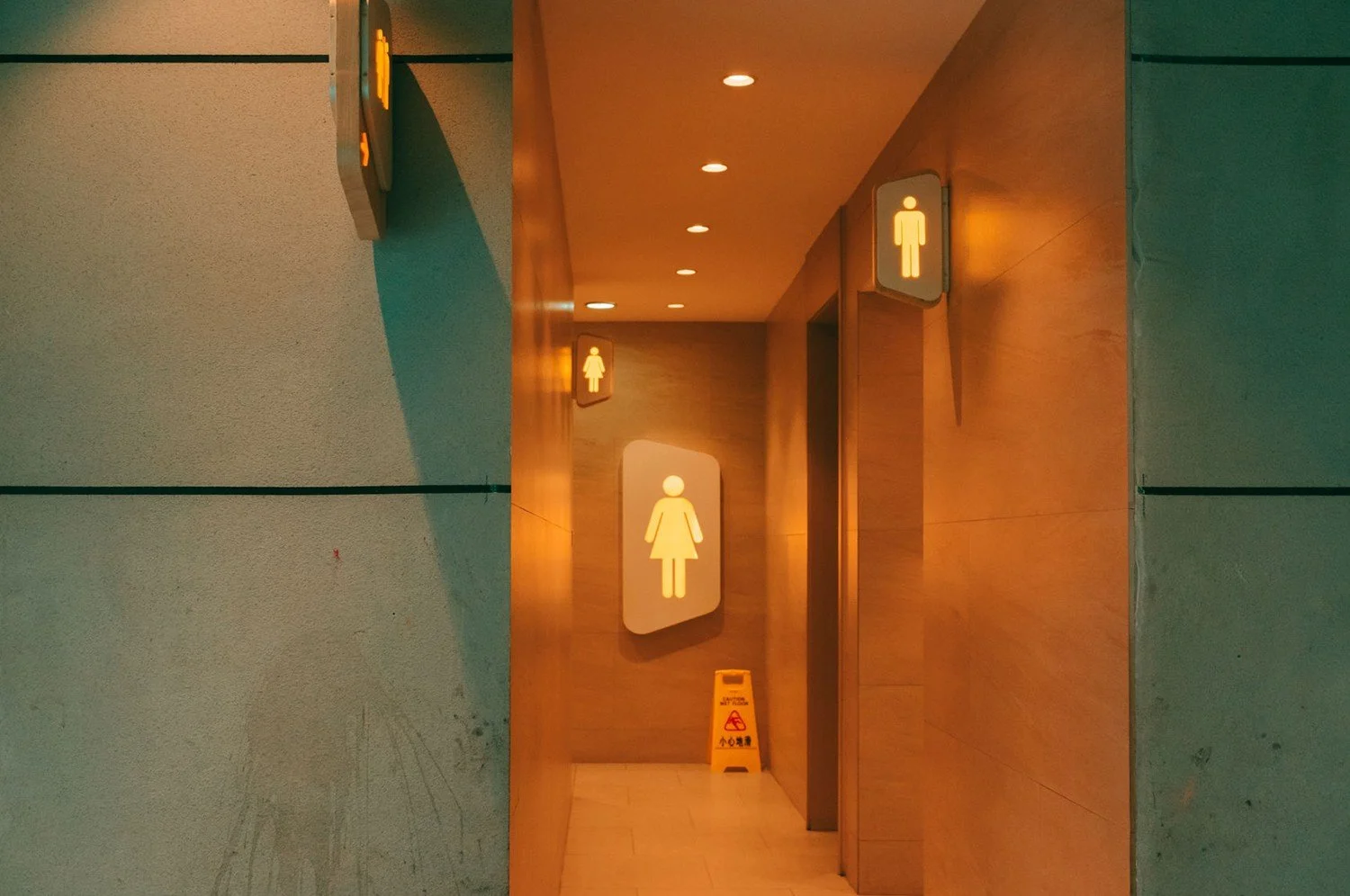Have You Ever Thought About Restroom Privilege?
Have you ever left your home and worried about whether or not you’ll have access to a safely managed toilet? Unless you’re camping or embarking on a weekend trip to a remote area, the thought probably doesn’t cross your mind. However, easily accessible restrooms are not the reality for a huge portion of the world’s population. When I was traveling throughout Italy last summer I was visiting the Duomo when suddenly my stomach felt extremely upset with a pressing urge to use the bathroom. I asked for direction from the local tour guide and was directed to a public toilet. When I ran in to use it I was shocked to see that there was a one Euro fee for its use. My necessity for using a toilet was URGENT and I did not have the change to pay the fee. I felt a rising panic, but luckily, the employee managing the facilities took pity on me and allowed me through. I thanked them, used the toilet, and left much more at ease. Traveling throughout Europe that summer I noticed many public toilets that required the same small fee for its usage -- the metro, train stations, parks, and museums. I became mindful to carry change with me throughout the rest of my trip and compared it to my experiences using public restrooms in America. At home, whenever I run into a coffee shop, I feel an obligation to buy something in order to use the facility. Whether it’s water or tea, it has become uniformly recognized that there is a standard fee to gain access to a facility. However, some may find themselves in a pickle, like I did, with no change to utilize the services. I couldn’t help but wonder if I had not looked the way I did, would I still had been allowed to use the facilities that day in Milan? For those that don’t look the part, what is the likelihood they will be granted access? What about homeless populations who rely on the kindness of such employees for their livelihoods? Where do they go when they don’t have access to a safely managed facility? Sanitation is often overlooked and something we take for granted. The World Health Organization (WHO) cites that only 45% of the global population (3.4 billion people) uses a safely managed sanitation service, which means that a whopping 55% are left with unsafe sanitation services which can often translate to open defecation, perpetuating a cycle of poor health and disease. The WHO states: “Inadequate sanitation is estimated to cause 280,000 diarrhoeal deaths annually and is a major factor in several neglected tropical diseases, including intestinal worms, schistosomiasis, and trachoma. Poor sanitation also contributes to malnutrition.” These deaths are preventable and infringe upon basic human rights. But when there is no other alternative but a poorly managed facility where one’s livelihood is put at risk, open defecation is seen as the safer option. Open defecation sites are protected through social networks where community members watch one another to ensure safety. Women will watch out for each other as a mode of protection from any impending physical or sexual threats.
Alternatives (such as a community toilet or a poorly managed facility) are seen as a much more costly risk. This makes the transition away from open defecation a difficult task as it becomes a matter beyond access.
While access to proper facilities has huge implications for sanitation that should be addressed, cultural complexities also need to be considered to alleviate the global sanitation crisis. While there is an economic cost to manage facilities in both public and private spaces, everyone should have a right to safely managed facilities, regardless of whether or not they are able to afford it. Community planning needs to be mobilized so there can be a grassroots approach to sanitation, where both community members and facility providers come together to determine the best location for public toilets. People need to feel safe using toilets, but they also need to be willing.
